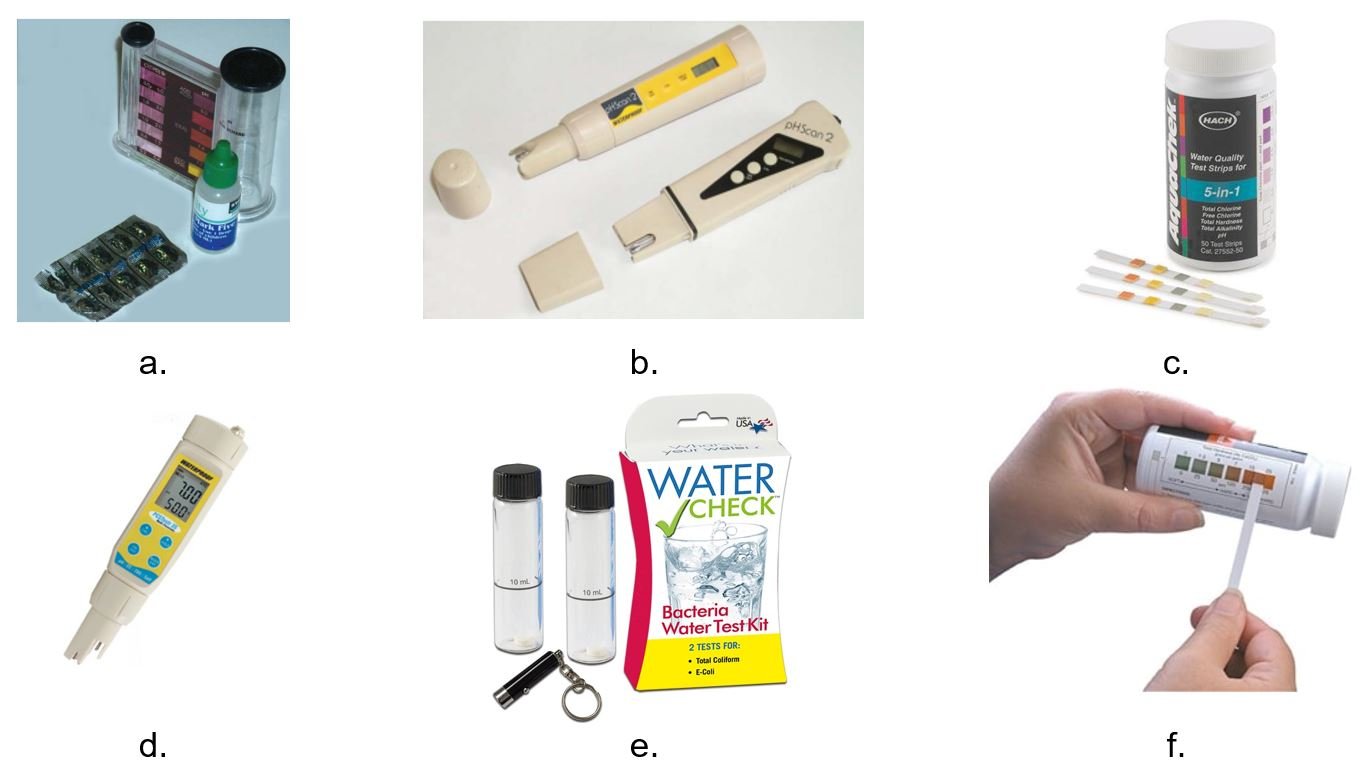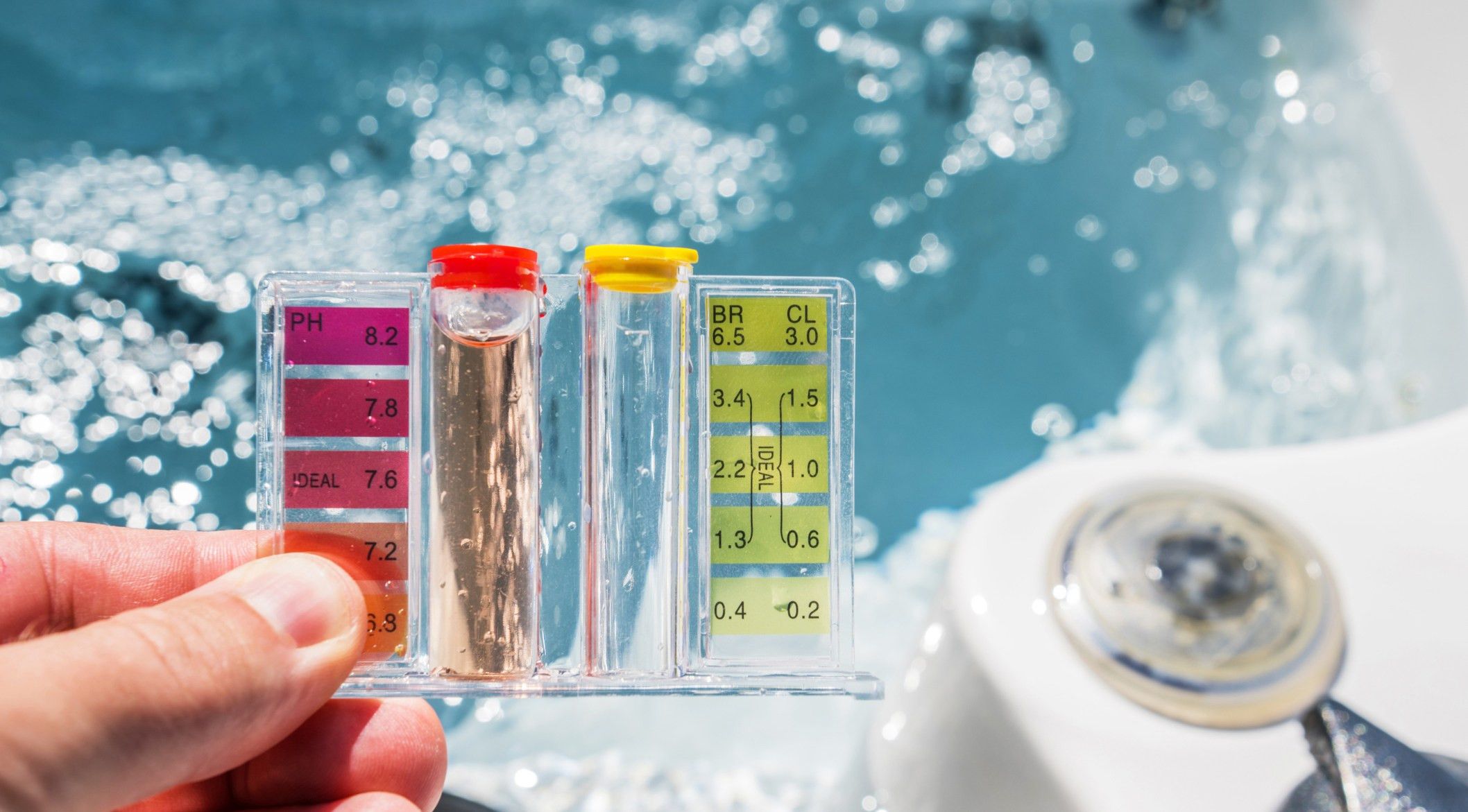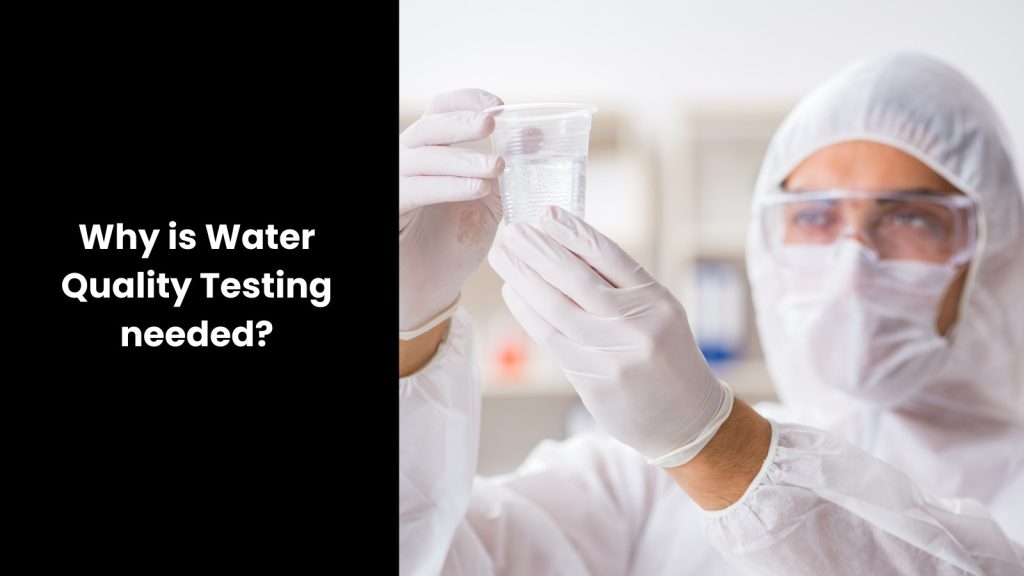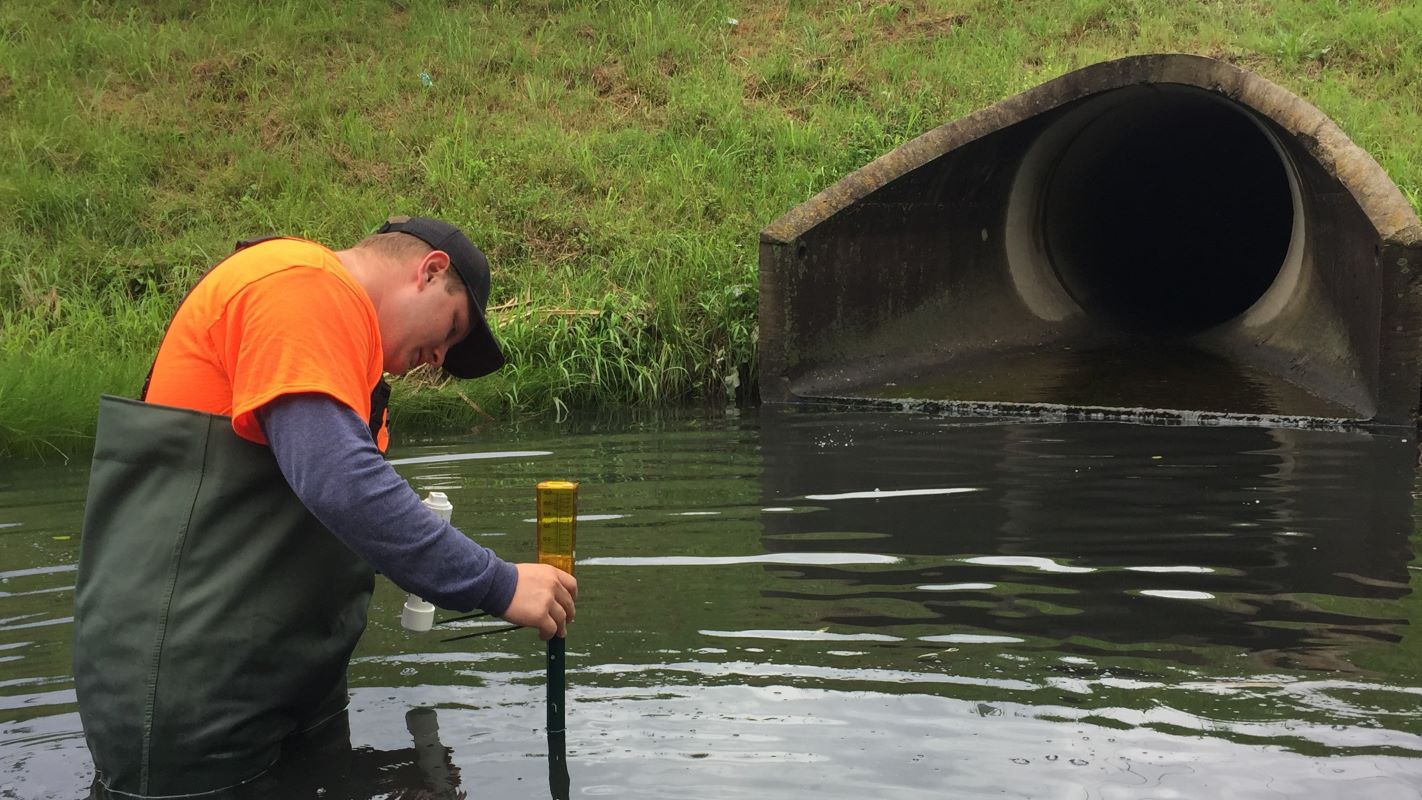Water Quality Testing for Horse Properties

Ensuring the water quality on horse properties is crucial for maintaining the health and well-being of your horses. Contaminated or poor-quality water can lead to a range of health issues, including digestive problems, infections, and decreased performance. This article provides a detailed guide on why water quality testing is essential, how to conduct it, and what parameters to monitor.
Why Test Water Quality on Horse Properties?

- Health of Horses: Horses require clean, fresh water to stay hydrated and healthy. Contaminants like bacteria, nitrates, and heavy metals can be harmful.
- Prevent Disease: Poor water quality can harbor pathogens that cause diseases such as leptospirosis or salmonellosis.
- Maintain Property Value: Regular testing ensures the property remains safe and attractive for current and future use.
Key Water Quality Parameters to Test

| Parameter | Importance | Acceptable Range for Horses |
|---|---|---|
| pH | Indicates acidity or alkalinity | 6.5 – 8.5 |
| Nitrates | High levels can cause toxicity | < 10 mg/L |
| Bacteria | Presence of coliforms indicates contamination | 0 CFU/100 mL (ideally) |
| Heavy Metals | Toxic elements like lead, arsenic | Below EPA recommended limits |
| Total Dissolved Solids (TDS) | Affects taste and palatability | < 1000 mg/L |
How to Conduct Water Quality Testing
- Sample Collection: Collect water samples from various sources such as wells, troughs, and natural water bodies on the property.
- Use Certified Labs: Send samples to accredited laboratories for comprehensive testing.
- Regular Testing Schedule: Test water at least twice a year or more frequently if issues are suspected.
- On-site Testing Kits: For quick checks, use portable water testing kits for parameters like pH and nitrates.
Interpreting Test Results
- Compare results against recommended standards.
- Identify any contaminants exceeding safe levels.
- Consult with a veterinarian or water quality expert for remediation advice.
Maintaining Water Quality
- Regular Cleaning: Clean water troughs and tanks frequently to prevent algae and bacterial growth.
- Protect Water Sources: Prevent runoff from fertilizers, pesticides, and animal waste from contaminating water.
- Install Filtration Systems: Use filters or water treatment solutions if contaminants are detected.
FAQ
Q1: How often should I test water on my horse property?
A: At minimum, twice a year, ideally before and after the grazing season.
Q2: Can I use tap water for my horses?
A: Yes, if it meets quality standards, but always verify for contaminants.
Q3: What are signs of poor water quality in horses?
A: Symptoms include decreased water intake, colic, diarrhea, and lethargy.
Q4: Are there DIY water testing kits available?
A: Yes, but they are best for preliminary checks and should be supplemented with lab testing.
Conclusion
Regular water quality testing is a vital part of horse property management. By understanding the key parameters and maintaining clean water sources, you can ensure your horses remain healthy and perform at their best. Implementing a routine testing schedule and taking proactive measures will safeguard your investment and your animals’ well-being.
